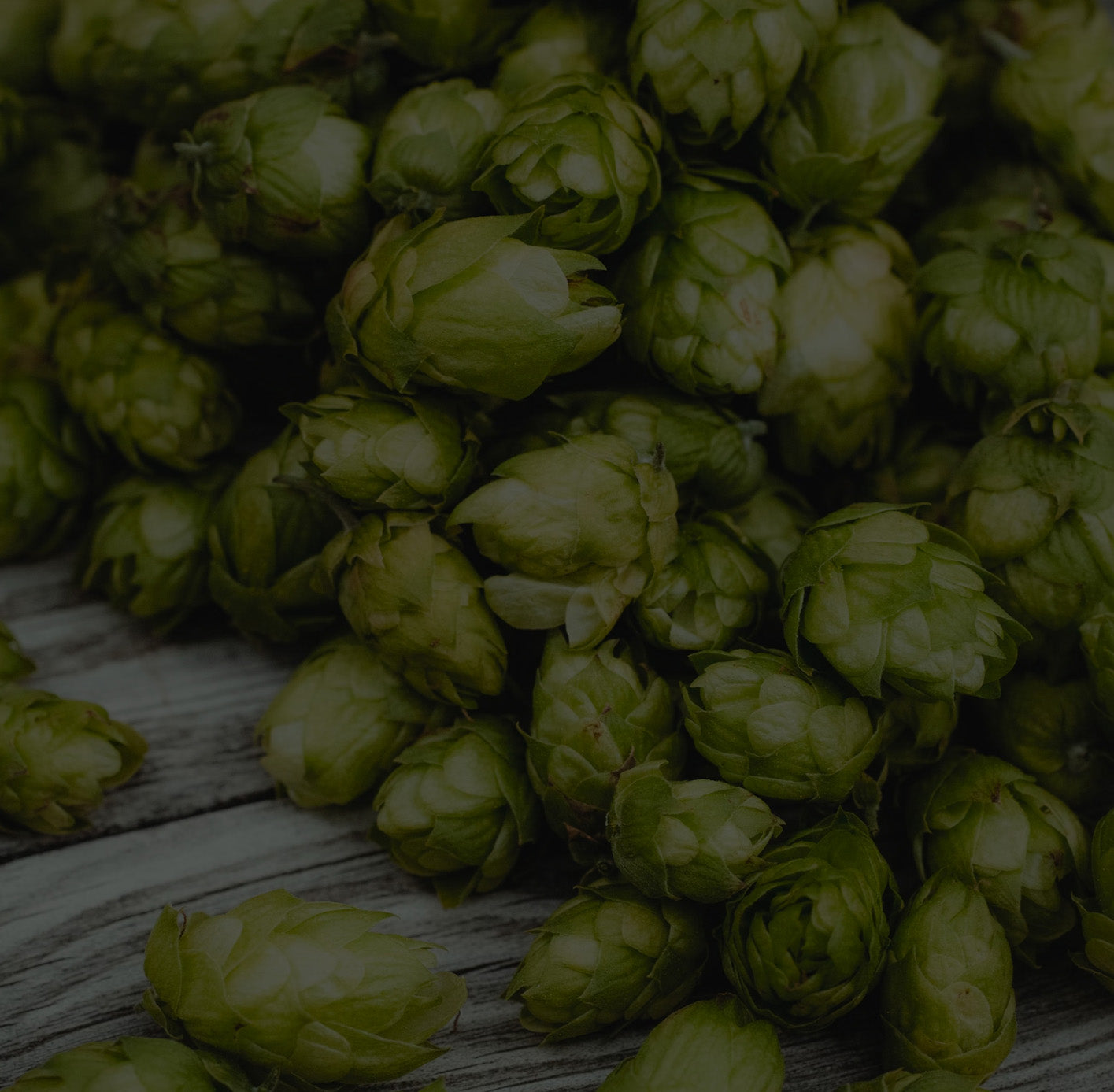Although our stainless steel distillers and copper still parts kits can be used for many things (water, essential oils, fuel alcohol, spirits, etc.) we've had a ton of requests for a simple tutorial on how to distill alcohol. Before we answer that question, we need to tell you this: Distilling alcohol is illegal without a federal fuel alcohol or distilled spirit plant permit as well as relevant state permits. Our distillation equipment is designed for legal uses only and the information in this article is for educational purposes only. Please read our complete legal summary for more information on the legalities of distillation.
Next, we recommend beginners (and even experienced distillers) buy a good book on the topic of distilling because we'll never be able to explain everything there is to know about distilling in a blog article. Also, we don not claim to be experts and this information is for entertainment and educational purposes only. It is not intended to be relied upon by anyone for any act or decision whatsoever.
Anyone who follows the process outlined below should either a) reside in a place where brewing and distilling is legal, b) have a fuel alcohol permit and use the final product for fuel, or c) have a commercial distillers permit.
That said, here's a simple outline of the distillation process:
- Make a mash
- This can be accomplished by either using cereal grains such as corn, barley, and rye, or it can be made using granulated sugar.
- Ferment the mash
- After a mash is made, cool it to 70F and pitch yeast. Cover with a lid and add an airlock. Leave it sit for 7-10 days at room temperature. During this time, yeast will convert almost all of the sugar into alcohol. What will be left is called a "wash."
- Distill the wash
- Siphon the fermented wash into a still and heat to approximately 175 degrees Fahrenheit. Methanol starts to boil in the high 140's and ethanol will start to boil at about 174F. Anything produced by the still while liquid temp is under 174 can be assumed to be methanol (which is poisonous) and should not be consumed.
- As ethanol starts to boil out of solution and the concentration of ethanol in the wash contained within the still starts to decrease, still temperature will need to be increased for the still to continue to produce. What this means is that boiler temp will be roughly 175F at the start of the distillation process but will need to slowly rise to approximately 210 by the end of the process.
Under no circumstances should an individual ever distill or sell alcohol without a permit. If an individual chooses to distill alcohol, make sure to obtain all applicable fuel or spirit permits (explained in the distillation law summary, mentioned above).






Leave a comment